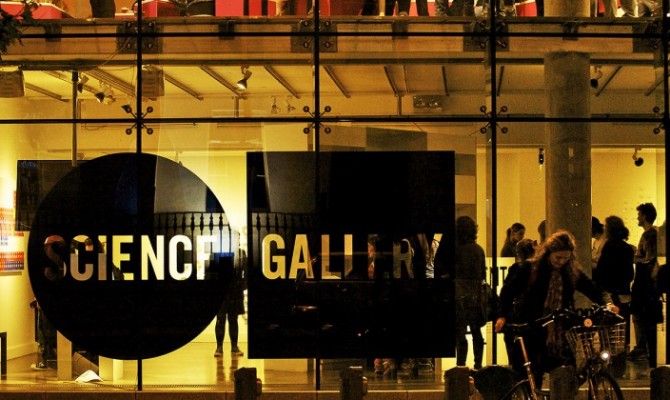On Friday, Trinity’s Front Square will see the return of PROBE, the annual event showcasing some of Ireland’s most exciting research.
The event aims to give the public an opportunity to view the wide range of research going on in Ireland through the lens of music, comedy, and storytelling. Free and open to the public, visitors will get a chance to see how work, carried out by Irish researchers, is solving some of the greatest problems in society, through an interactive and engaging pop up event, including experiments, demonstrations, interactive displays, as well as stand-up comedy and storytelling sessions.
A collaboration between Trinity College Dublin and Science Gallery Dublin as part of European Researchers’ Night, the event will be taking place across European cities. Running since 2005, the European-wide event aims to promote popular science, as well as to dispel stereotypes about scientific researchers, and encourage young people into taking up a career in research in the future. Highlights of this year’s PROBE include multisensory experiences at João Cabral’s Tetractys, animated neuroscience by Prof Eric Downer, stand up comedy at Bright Club, and a showcase of the newly-discovered link between Non-Alcoholic Fatty Liver Disease (NAFLD) and obesity by Prof Suzanne Norris.
Tetractys will bring together science, music, and visual art. João Cabral, of the School of Computer Science and Statistics, examines synaesthesia, and will be showcasing his research at Tetractys at PROBE. Synaesthesia, a neurological trait characterised by sensory overlapping, results in the joining of senses that aren’t normally connected, causing the stimulation of one sense to result in an involuntary reaction in one or more of the other senses. A person with synaesthesia may hear colour, or taste sound. At PROBE, audiences will get the chance to experience a live demonstration of musicians orchestrally interpreting patterns and shapes, as well as digitally animated software which produces multisensory experiences.
At “Thinking Differently About Nerves”, Prof Eric Downer’s team have developed an animation which allows us to see the crosstalk that takes place between nerves inside our brain, and how these messages are passed on to the rest of the body. The brain is an extremely complex organ, with much being poorly understood. There is a multitude of messages required to pass between signals in different parts of the brain for even the most basic tasks, so the animation is not to be missed.
Bright Club is a variety night “where you’ll furrow your brow before laughing your face off.” Academics in subjects ranging from physics to genetics to drama explain their research through stand-up comedy, alongside comedians and musicians. It has been up and running in Ireland since 2015, and events have taken place throughout the country. Bright Club at PROBE will be headlined by Maria Boyle of Twisted Doodles and will feature Christopher Pastore and Ellen Finn.
A team of researchers led by Prof Suzanne Norris at St. James’ Hospital have been investigating the link between weight loss and fatty liver disease. NAFLD, a disease of the liver directly caused by obesity, has become increasingly common in western nations such as the USA, with serious health consequences associated with the disease, such as liver cancer and diabetes. The research led by Prof Norris involved a 12-week hospital based programme to evaluate whether weight loss can reverse the progression of NAFLD.
PROBE will also include demonstrations and events from researchers who are investigating a range of topics including the societal impacts of antibiotic resistance, how plants survive wildfires, the science of yoga during pregnancy, the impact and wide range of immune cells in the human body, as well as the future of nanotechnology.






